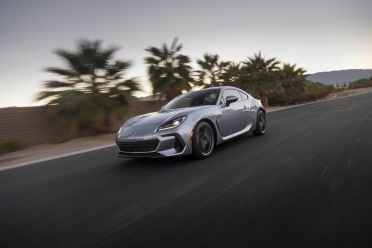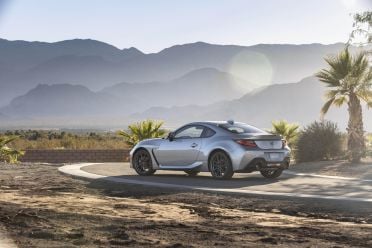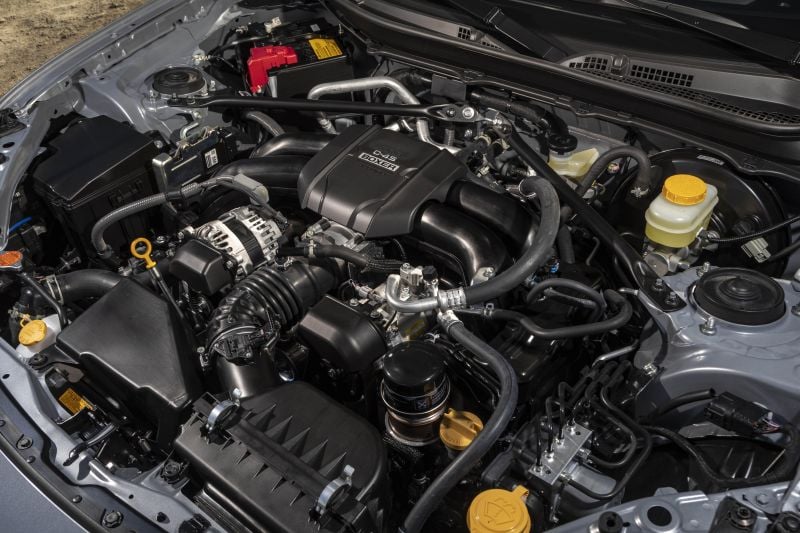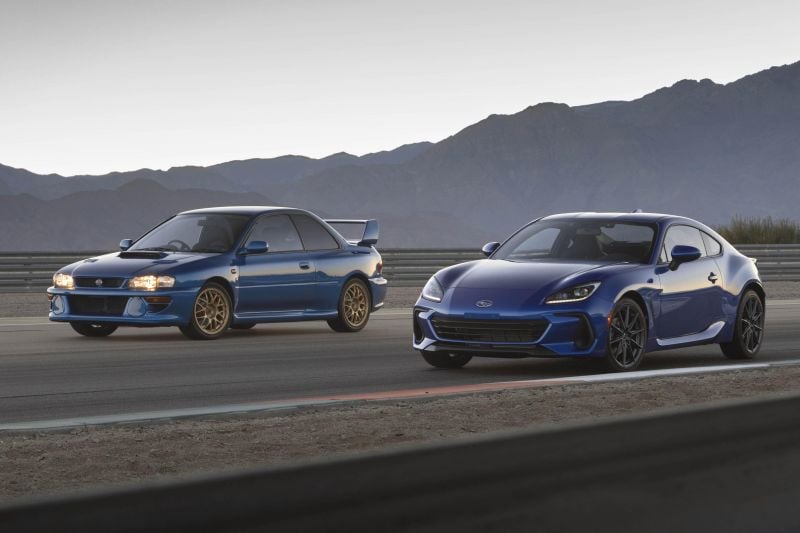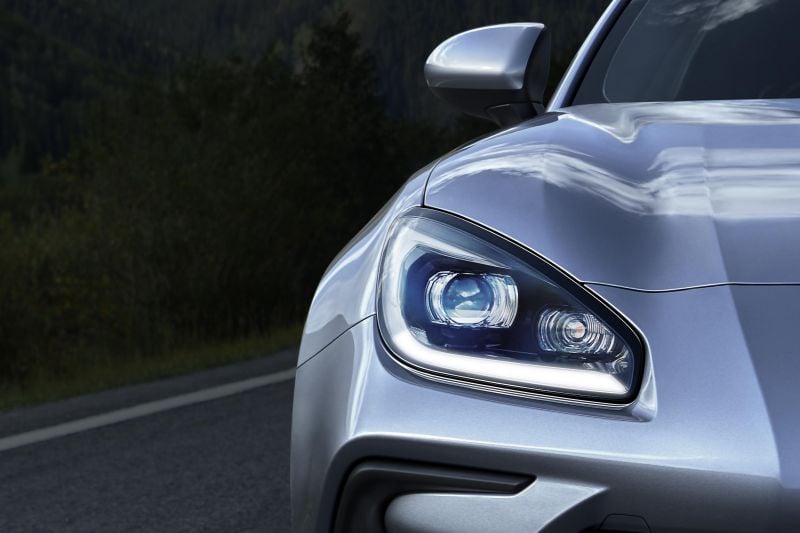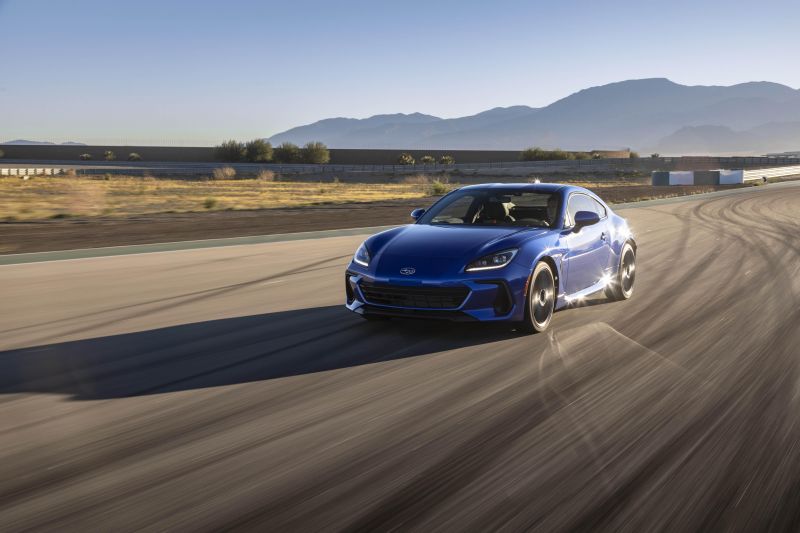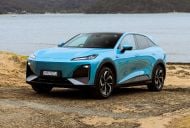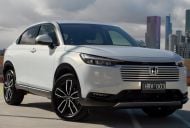The first comment on the first Facebook post I saw about the 2021 Subaru BRZ this morning was predictably disappointing.
It was posted by someone with a car as their profile picture, naturally, and simply said: “Needs a turbo.”
Except it doesn’t. Sorry, 69speedyXR8.
Before we dive in, a quick refresher. Announced for the USA overnight, the new BRZ rides on an updated version of its predecessor’s platform.
It’s longer and lower than the first-generation car, and the interior has been given a much-needed makeover. I’m even 100 per cent on board with the new exterior, although it looks a bit fussy from some angles.
As for the engine? Gone is the 2.0-litre engine from the outgoing BRZ, replaced by a 2.4-litre unit with 170kW of power and 249Nm of torque. It’s still a four-cylinder, still horizontally-opposed, and still naturally-aspirated.
There’s nothing new about pushing for a turbocharger in the BRZ and Toyota 86. People have been asking since launch, and it’s still impossible to read a review without punters piping up and saying it needs more power.
From what I can gather from their comments, the turbocharger brigade wanted to sully the free-breathing four in the last BRZ because of a torque black hole in the mid-range.
The previous engine got bogged down at 4000rpm and didn’t really get rolling again until the tachometer needle was pointing due north, but assuming the new BRZ will suffer the same problem is ridiculous.
On paper, all signs point to Subaru and Toyota having sorted it out. Peak torque comes on tap at just 3700rpm – just before the last engine fell off a cliff – while peak power doesn’t arrive until 7000rpm.
In other words, there’s twist when you need it down low, but (hopefully) reward for keeping your foot welded to the firewall.
Sure, a turbocharger would have made it torquier again, but that’s never been the point.
Adding a turbo would have made the BRZ and 86 more expensive to buy and service, making it harder for the average punter to buy. It would have made the car heavier, which has an effect on handling. And let’s not forget turbo lag.
What’s more, the aftermarket is overflowing with turbo and supercharger kits for the current BRZ. Want more power? Stop whining and put your money where your mouth is.
It doesn’t matter that the BRZ won’t be as quick as the latest crop of hot hatches in a straight line, because not every car needs to be lightning quick.
It doesn’t matter that you’ll need to rev it right out for peak performance, because that’s always been part of the appeal.
I actually owned a first-generation BRZ, and not once did it feel like more power was necessary. On the road it was more than fast enough to have fun, and the fact you had to flog it – really put mechanical sympathy to one side and rev the pants off it – meant legal speeds (or close to them) were thrilling.
It’s a cliche but the process of extracting the performance was rewarding, from the slightly gutless engine to the excellent manual gearbox.
As for on the track? More power would’ve made for faster lap times, but as a novice the balanced, transparent BRZ was perfect.
With no turbocharger, every little squeeze of the throttle was matched instantly by the engine. And without a huge slug of mid-range torque to get you out of jail, carrying momentum and being in the right gear was crucial.
What more would an extra 30km/h down the straights teach you?
I’m very glad Subaru stuck to its guns with the BRZ. It would’ve been easy to be sucked in by headline numbers and to have lost focus on what made the first-generation car great.
Instead, it’s subtly refined a very appealing formula. I can’t wait to have a drive.

